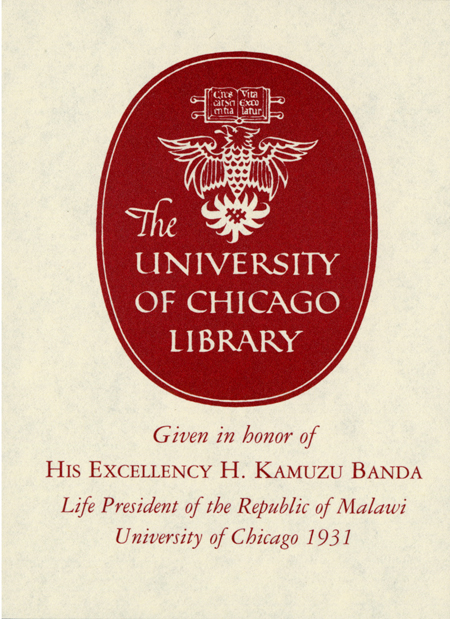Review by Choice Review
The Vandals occupying proconsular Africa from 439-534 CE professed a form of Christianity (Homoean) with Christological and Trinitarian tenets at variance with the Nicene (Homoousian) Christianity of its pre-conquest Afro-Roman population. In a scholarly, well-written way, historian Whelan (Univ. of Liverpool) explores the interaction of these two competing churches. This is an accomplishment, given that so many of the textual sources are from Nicene writers whose view ultimately emerged as the orthodox one. Clearly, there talented polemicists on both sides marshaled creedal, patristic, and even numerical (in terms of conciliar participation) arguments. For the Homoousians, the struggle, which sometimes involved the exiling of their leaders by the Vandal state, was seen as an episode in the meta-narrative of earlier Catholic struggles against Arians and Donatists (the latter identification made easier by the Homoean practice of rebaptizing converts). Interestingly, the author clearly proves that the confessional struggle mapped neither to ethnic (Vandal/Roman) nor linguistic identities. An epilogue recapitulates the arguments and compares this African dispute with the theological controversies of the transmarine successor kingdoms (Burgundians, Visigoths, and Ostrogoths). Unavoidably, the book is only for academics in medieval and religious history. Summing Up: Recommended. Upper-division undergraduates and above. --Robert T. Ingoglia, Saint Thomas Aquinas College
Copyright American Library Association, used with permission.
Review by Choice Review

